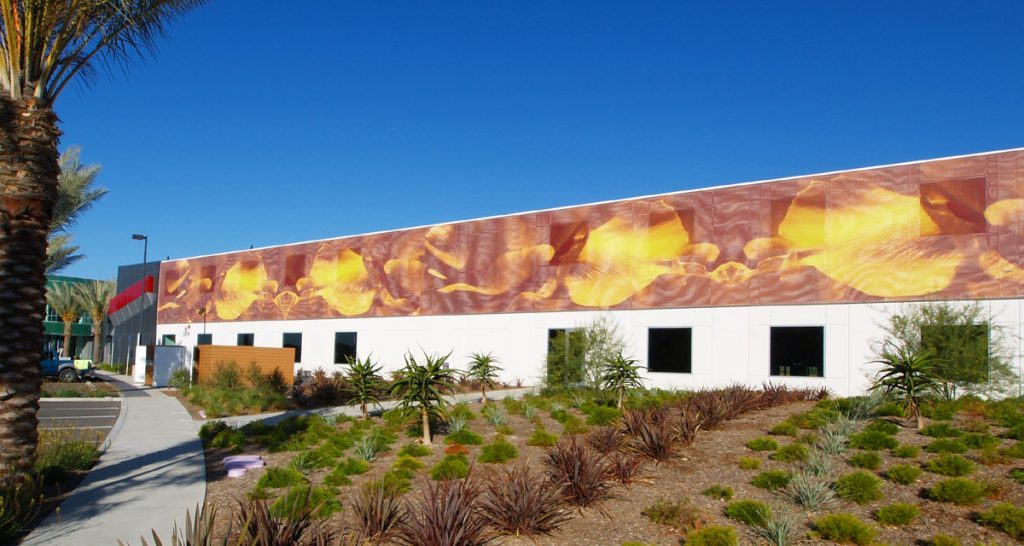 Whether you’re looking for LEED Certification or simply value responsible building practices, tension structures are a high-impact option for achieving your goals. Tension structures (aka tension fabric structures or tensile membrane structures) give contractors, architects, and designers the opportunity to create iconic structures and functional designs while helping to support their environmentally-minded efforts.
Whether you’re looking for LEED Certification or simply value responsible building practices, tension structures are a high-impact option for achieving your goals. Tension structures (aka tension fabric structures or tensile membrane structures) give contractors, architects, and designers the opportunity to create iconic structures and functional designs while helping to support their environmentally-minded efforts.
Here are just some of the ways tension membrane structures can help support LEED certification and green initiatives.
Reducing Urban Heat Island Effect – By providing increased shade and solar protection, tension structures can help to reduce the urban heat island effect created in areas that have a higher concentration of concrete than of natural landscapes, like grass, trees, and plant life. Light colored membranes used in enclosed tension membrane roofing structures can help to reflect sunlight and glare, ultimately reducing solar heat gain more than traditional building structures and reducing the demand for HV/AC.
Creating Solutions for Solar Heat Gain – When building interiors become warmer during specific periods of the day, they are dealing with increases in the amount of solar radiation entering through the windows and being absorbed by the concrete. Tensile membrane facades that wrap the exterior of the building or enclosed tensioned fabric roofing structures designed to reflect sunlight are highly effective ways of reducing solar heat gain and therefore reducing the energy necessary to cool the building.
Minimizing Artificial Light Needs – By using translucent fabrics like PTFE or PVC in tension roofing structures and tensile membrane facades, buildings are able to maximize natural daylight and minimize the energy and costs needed to power artificial lights.
Decreasing the Carbon Footprint – While tension fabric structures can be made to be as durable as traditional structures, the amount of materials necessary is significantly less than that of traditional construction projects. Additionally, the highly efficient designs can reduce construction costs and lower fuel consumption for shipment in comparison, so more of the project’s budget can be designated for LEED certification initiatives. Lastly, pre-fabrication of the project’s membrane during the manufacturing process avoids waste, thus reducing the carbon footprint.
Building Long-Lasting Structures – The incredibly durable and long-lasting nature of tension membrane structures means that the structure will not degrade during its effective life cycle. The warranties associated with the materials and fabrication most often exceed those of traditional construction materials. In the long-run, tension structures will require less maintenance and repairs than the common options of past years.
Are Tension Structures Right for Your Project?
In the Tension Structures Division of Eide Industries, we specialize in design, engineering, manufacturing, and installation of structurally complex and creatively challenging commercial, government, and prototype design projects. We provide expertise and support for architects, landscape designers, general contractors, and property owners to develop their custom tensile membrane project ideas and construct iconic structures.
Explore the options for your next project. Contact one of our experts today by calling 800-422-6827.
